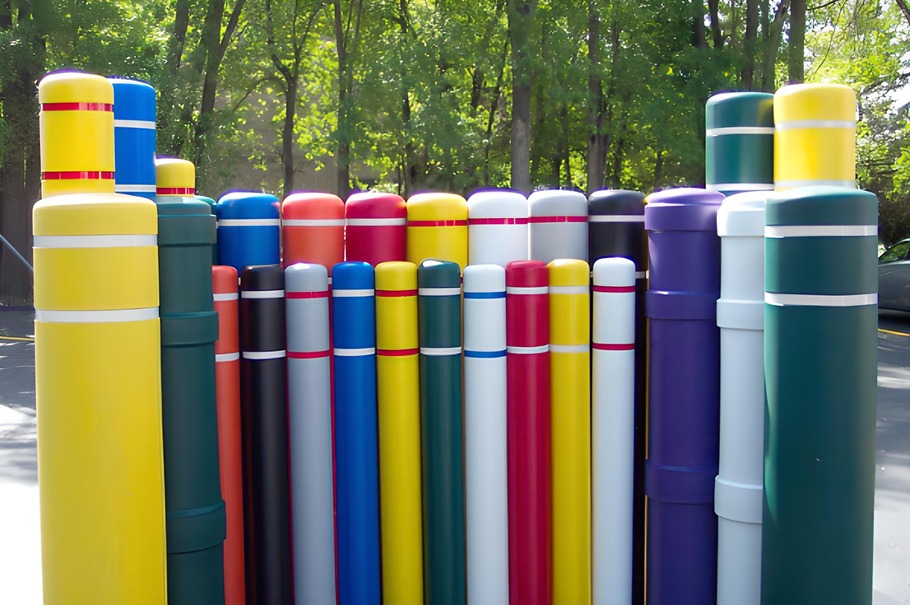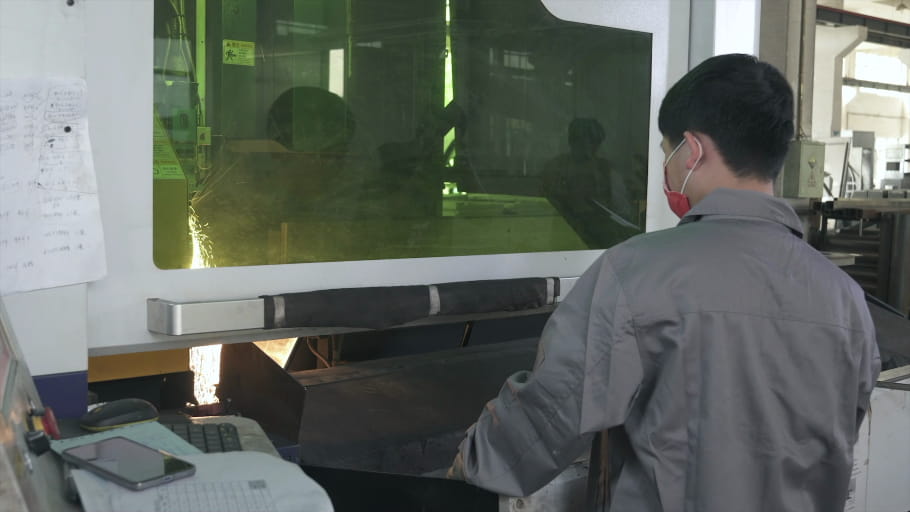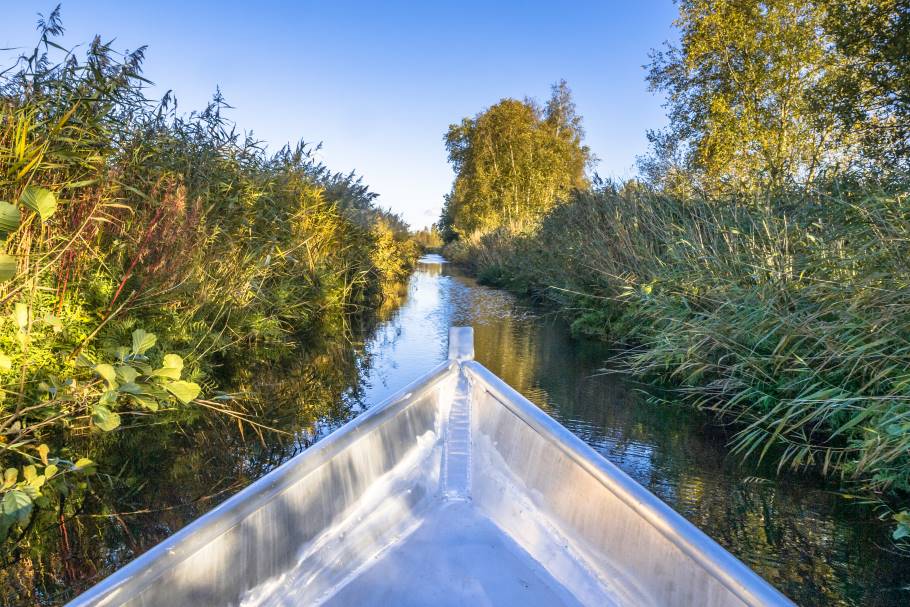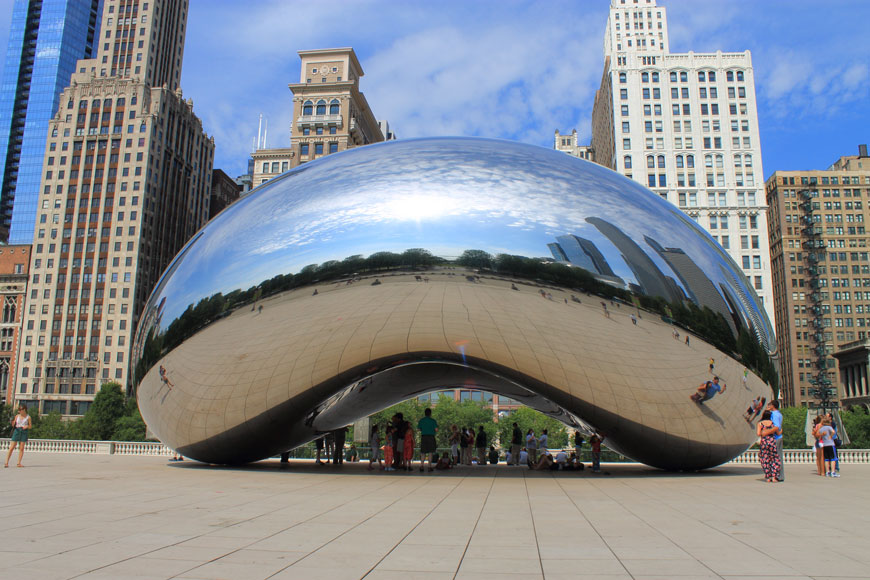Installing a channel drain system for surface water management
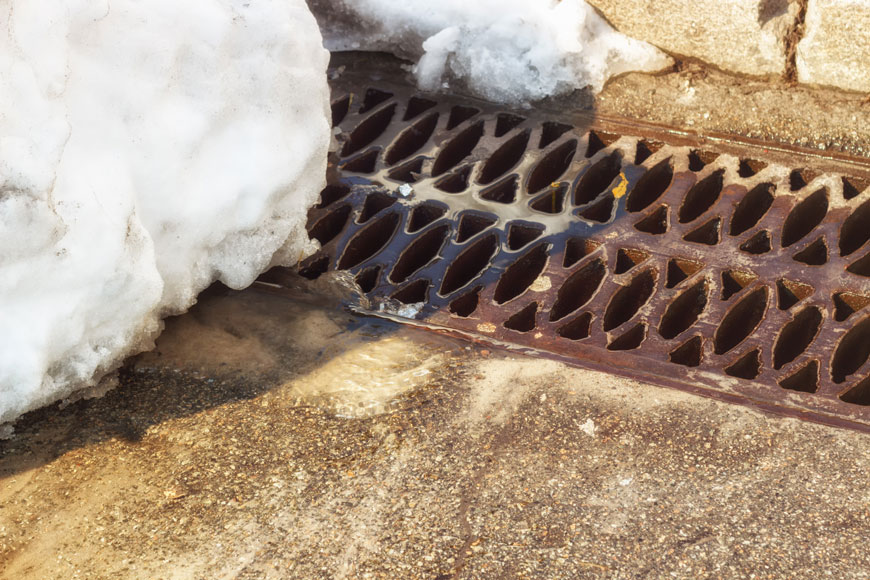
Good drainage systems are important, especially as flood events become more common. Water management over large areas is best done through green-space, bioswales, permeable hardscape, and the maintenance of permeable soil profiles. However, where groundwaters cannot absorb rain or melt quickly enough, run-off occurs. In the natural world, sloped areas capture water and become small brooks and creeks. These small bodies come together to feed rivers, lakes, and the ocean. Urban water management echoes these systems, creating a concrete and metal system of creeks and rivers. Cities rely on these watershed drains and sewers. Of these, trench drains work like rivulets, as little capture points for rainfall over a small area.
Trench drains are also known as “channel drains” or “linear drains.” These terms describe a narrow, long trough capped with grating designed to manage surface water runoff.
For the drain to be effective, the trench grate must be flush to the surface around it. Water should flow easily over the surface, falling through slats or holes into a sloping channel below. The drain works likes an embedded gutter: usually long and narrow, the dimensions are chosen to accommodate the maximum expected water flow.
Simple sloped ditches are a basic system for moving water and preventing flooding. However, in most modern infrastructure, a simple ditch would be a hazard or an area of weakness in the hardscape. Trench is reinforced and grated so that it is neither hazard nor weakness.
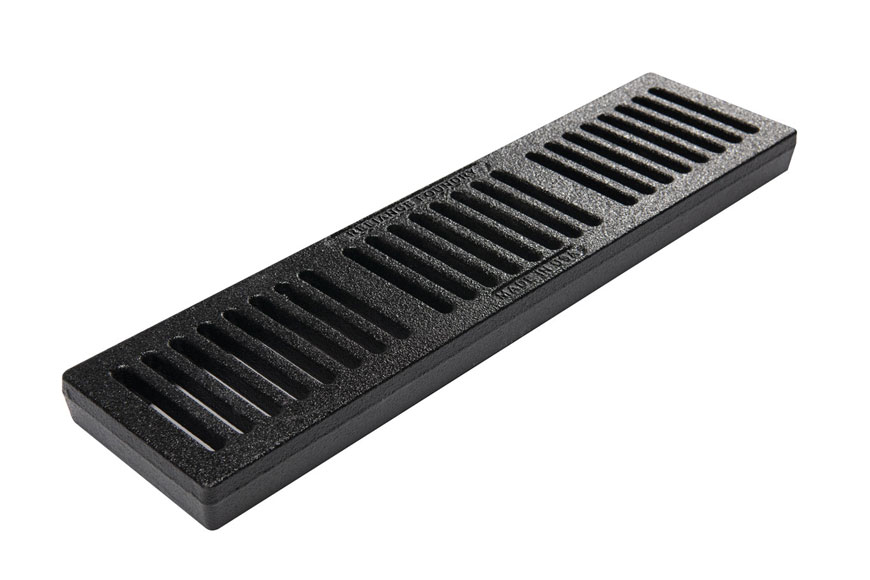
Trench drain grates and frames
A grate allows a basic channel drain to seamlessly integrate into a hardscape surface.
Importantly, trench grates prevent large debris from falling into a channel and clogging it. Although small particulate and debris will still fall through the slats, the screen is fine enough to prevent channel-blocking trash from entering the water system.
When the grate is installed properly, it should be perfectly flush with the surface. This prevents the gutter from being a tripping hazard. Drain grates in pedestrian spaces should be ADA compliant so the cover itself does not become dangerous.
Trench grates can be decorative or standard. The shape, size, and position of the slots or holes in the grate should be chosen to manage the projected water flow, debris in the area, and ADA compliance. Simple patterns are usually quite effective at doing the basic job. However, trench grates can be chosen with aesthetics and environment in mind. They can be a small, attractive detail that gives personality to a site’s design.
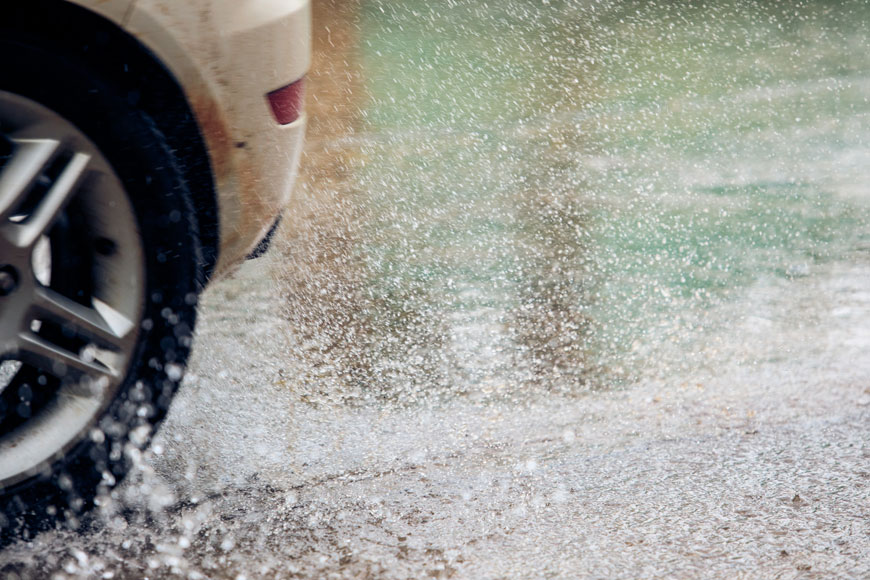
High-flow drain systems
Trench is installed to move water. It must have capacity to handle projected maximum flow.
The dimensions of the drain—depth, width, and length—provide an upper limit on the volume of water. The slope of the drain and the capacity of its outlet also determine peak flow management. These factors in drain capacity are below the surface.
However, the shape of the trench drain grate also can make a difference in its hydraulic capacity. Smaller slots, good for filtering debris, may limit permeability. In response, some trench grate manufacturers have changed the shape of the slots. In very high flow situations, trench grates with a vaned slot pattern offer the highest level of hydraulic efficiency.
Residential and driveway trench drain
Residential and driveway trench drains generally need a lower flow capacity than those in other applications because they’re clearing a smaller area of space. Aesthetic considerations can therefore take priority. Decorative grates provide an eye-catching border around pools and decks or offer a high-end finish to a driveway.

Airport-rated and traffic-rated trench drains
Since trench is an interruption in hardscape surface, it often is required to bear the weight of a vehicle. There are many different levels of load rating.
H-20 load ratings are a standard set by the American Association of State Highway Transportation Officials (AASHTO). It requires that the iron castings for vehicle infrastructure be able to bear 16,000 pounds wheel load, or 32,000 pounds axle load. Since trench gratings are small, they rarely bear the full weight of a wheel let alone a full axle, so usually these H-20 rated grates offer more than enough strength. H-20 is sufficiently heavy duty for part of a truck wheel, since the concrete around the trench also takes load.
It’s important to note that for larger castings, heavy-duty traffic-rated loading criterion may be higher. For example, AASHTO specifies that the M360 proof load, where the loading criterion is 40,000 to 100,000 pounds, is more appropriate for castings that take more of a vehicle’s weight.
Airport-rated trench drains require even more support, to handle the weight of a full airplane. These applications need reinforcement and specify the concrete or asphalt surround. The Federal Aviation Administration (FAA) specifies the needed load bearing capacity for airport trench grates. Current standards require a casting to support 200,000 pounds wheel weight, with additional safety factors necessary.
Commercial trench drain
Trench is not just an outdoor product. One of the most common uses for trench drain is through the center of warehouse space. When warehouses store fluids or chemicals, these channels are a way of managing the risk of possible spill. In other warehouses or garages, vehicles and other objects moving in and out of the warehouse bring moisture through trapped snow or rain.
Trench drain installation
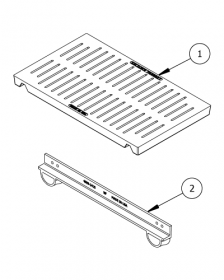
The “pan” or channel of the trench is often poured in place by a contractor. Traditionally, the contractor would build forms from plywood and then cast the trench in place using concrete. Increasingly, contractors are using premade former systems that allow for easy casting in place.
There are also an increasing number of premade trench pans that can be installed in a simple strip for spaces that have standard sizing. These are often made of metal, concrete, PVC. However, even with these solutions concrete must be poured. Rebar through the concrete provides structural support to the trench grate.
As concrete is being poured to form or surround the trench drain, the frame for the grates should be installed. Rebar is threaded through the frame to tie it in with the newly-poured concrete. These frames hold the trench grate and help diffuse the stress of loading.
Water management and site design
Picking trench grates can both be a functional and aesthetic step in creating overall site design. As the rivulets in a larger water management system, trench drains and grates provide an important function. They should be chosen with respect to their maximum flow capacity, load-rating, and debris management.
Grates also provide an aesthetic aspect to a site. With attentive choices, a proper grating can offer a small decorative touch or border to an overall architectural plan.
Related Articles:
- A Guide to Trench Grate Material
- Trench for Warehouses
- Trench for Driveways
- Trench Drain Systems
- Indoor & Outdoor Channel




